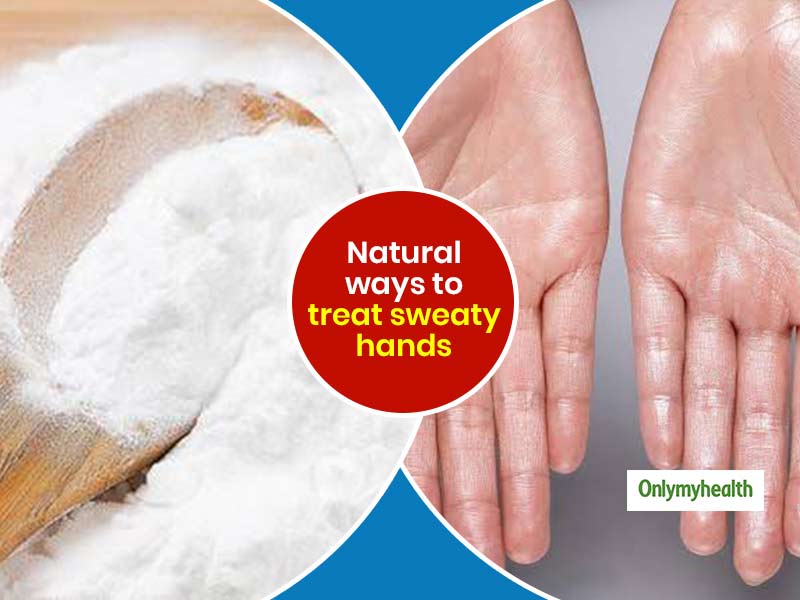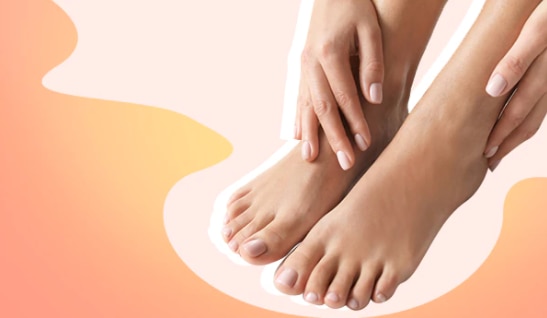Dermatology Tips and Treatments for Hyperhydrosis of Hands: Innovative Solutions
Dermatology Tips and Treatments for Hyperhydrosis of Hands: Innovative Solutions
Blog Article
Unveiling the Intricacies of Excessive Sweating: A Comprehensive Overview to Diagnosis and Management
Extreme sweating, medically recognized as hyperhidrosis, is a condition that influences a significant number of individuals and can have an extensive influence on their top quality of life. While sweating is an all-natural bodily feature, its overactivity in hyperhidrosis presents an unique set of difficulties that often go beyond simple discomfort.

Comprehending Hyperhidrosis Causes
Hyperhidrosis triggers can be attributed to various factors such as genetics, hormonal discrepancies, and specific medical problems. Genes play a substantial function in key focal hyperhidrosis, where individuals acquire the problem from their household members. By identifying the specific elements adding to excessive sweating, medical care suppliers can tailor therapy strategies to address the underlying reason, providing relief and improving the top quality of life for individuals affected by hyperhidrosis.
Identifying Hyperhidrosis Symptoms

Furthermore, hyperhidrosis symptoms may manifest in social and emotional distress, as individuals might feel embarrassed or distressed about their sweating, resulting in evasion of social circumstances (Treatment for hyperhydrosis of hands and feet). In addition, duplicated episodes of excessive sweating can cause skin maceration, fungal infections, and an overall reduction in self-confidence
Diagnostic Process for Hyperhidrosis
Starting the diagnostic process for too much sweating entails detailed evaluation of the person's case history and checkup. Asking about the onset, period, and triggers of sweating episodes is vital to distinguish between primary focal hyperhidrosis and second generalised hyperhidrosis. Clinical history must also consist of concerns concerning medicines, clinical problems, and household background of hyperhidrosis.
During the health examination, specific attention is paid to the locations influenced by sweating. The doctor may evaluate the degree of sweating, look for indicators of underlying conditions, and review the impact of sweating on the person's lifestyle. In addition, specific tests like the gravimetric test, starch-iodine examination, or skin conductance measurements may be carried out to quantify the quantity of sweat generated.
In addition, in cases where second hyperhidrosis is suspected, added tests such as blood tests, urine tests, and imaging researches may be suggested to identify the underlying source of excessive sweating. The diagnostic process intends to accurately establish the type and root cause of hyperhidrosis to direct ideal monitoring methods.
Therapy Choices for Hyperhidrosis
When resolving extreme sweating, different therapy alternatives are offered to ease signs and enhance the individual's high quality of life. The therapy approach for hyperhidrosis depends on the seriousness of signs and the client's reaction to first treatments.
Topical therapies, such as aluminum-based antiperspirants, are often recommended as the very first line of protection for managing light cases of hyperhidrosis. For individuals with much more severe signs and symptoms, oral medicines like anticholinergics might be recommended to aid why not check here reduce sweating.

Effective Administration Approaches
To successfully handle hyperhidrosis, a thorough and individualized therapy plan tailored to the individual's particular requirements and feedback to previous therapies is necessary. This strategy may integrate a mix of restorative approaches, including lifestyle modifications, topical treatments, dental drugs, botulinum toxin shots, iontophoresis, and in serious cases, medical interventions like sweat gland elimination or sympathectomy. Way of living alterations such as using moisture-wicking clothes, utilizing antiperspirants, and exercising stress-reducing techniques can complement clinical treatments. Topical antiperspirants having light weight aluminum chloride are frequently the first-line treatment, with stronger formulas available for resistant cases. Oral drugs like anticholinergics may be prescribed for generalised hyperhidrosis. Botulinum contaminant injections work for focal hyperhidrosis, offering momentary alleviation by obstructing the launch of acetylcholine. Iontophoresis, click this site entailing using a low electric current to minimize gland task, can be helpful for both palmoplantar and axillary hyperhidrosis. Surgical options are typically booked for severe, refractory instances and require mindful consideration of threats and benefits. A multidisciplinary approach entailing dermatologists, health care physicians, and, if required, specialists, can enhance the monitoring of hyperhidrosis.
Verdict
Finally, hyperhidrosis is a condition characterized by too much sweating, which can substantially impact a person's top quality of life. By understanding the causes, acknowledging the symptoms, and going through the diagnostic procedure, medical care suppliers can efficiently handle this problem. Therapy alternatives consist of topical drugs, oral drugs, injections, and even procedures in serious cases. With proper diagnosis and management strategies, people struggling with hyperhidrosis can find alleviation and boost their general wellness.
Too much sweating, medically understood as hyperhidrosis, is a condition that affects a substantial number of individuals and can visit this web-site have an extensive impact on their top quality of life. By determining the particular factors adding to extreme sweating, medical care suppliers can tailor treatment strategies to attend to the underlying reason, supplying relief and improving the top quality of life for people impacted by hyperhidrosis.
Hyperhidrosis, defined by too much sweating beyond what is necessary for managing body temperature level, can dramatically impact a person's top quality of life. Asking about the start, duration, and causes of sweating episodes is crucial to separate between main focal hyperhidrosis and second generalised hyperhidrosis. How to stop sweaty hands.In final thought, hyperhidrosis is a problem identified by excessive sweating, which can significantly impact an individual's top quality of life
Report this page